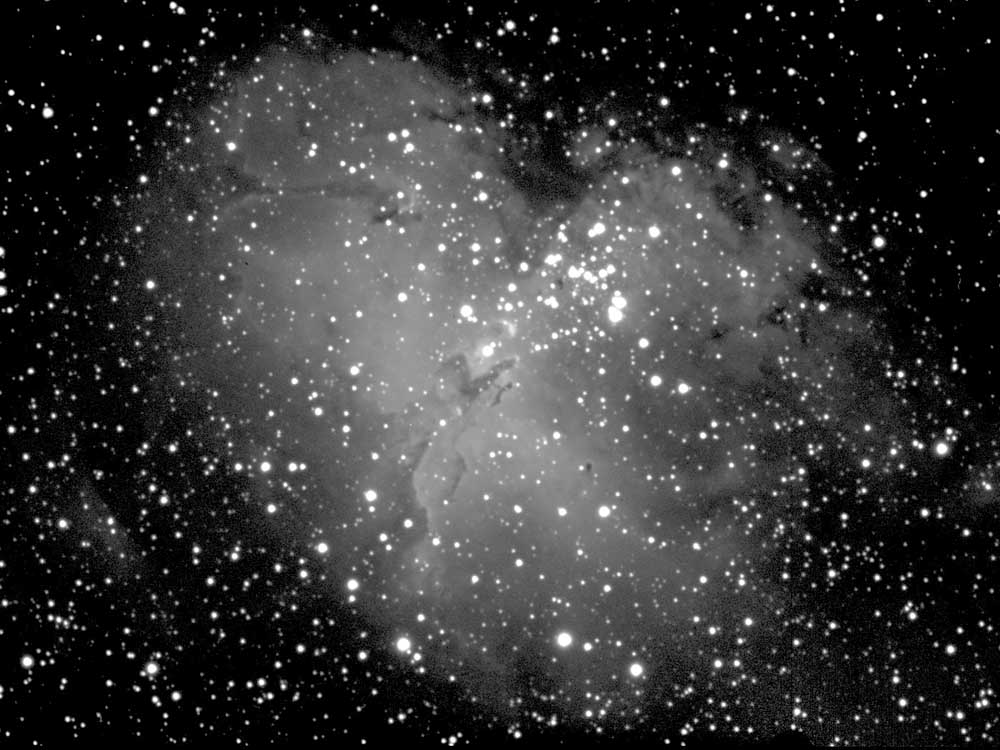Observatory near Bend will connect telescope to the world
Published 12:00 am Monday, February 1, 2016

- An astro image taken through the a telescope at Pine Mountain Observatory.
Even though the telescopes at Pine Mountain Observatory can peer millions of light years into the night sky, a mere 25 miles or so is preventing the observatory from bringing images of the most remote objects in the universe to the eyes of the world’s stargazers.
The observatory, roughly 25 miles southeast of Bend near Millican, recently installed a new telescope that can be operated remotely, allowing any astronomer or amateur sky-watcher with an Internet connection to take advantage of Central Oregon’s dark skies.
But not yet. The Internet connection linking the observatory to the outside world is antiquated and slow — dial up, according to University of Oregon physics professor Scott Fisher, who doubles as associate director of the observatory.
Fisher said a fix is in the works. The observatory hopes to build a microwave tower, allowing electronic communications to be beamed from Pine Mountain to microwave towers atop Awbrey Butte.
Getting the microwave tower up and running will cost almost as much as the nearly $60,000 the observatory spent for the telescope, camera and enclosure, but Fisher said it should be in place by the end of the summer.
Connecting the telescope at Pine Mountain to the Internet could help boost the observatory’s standing in the world of astronomy.
Fisher said it occupies something of a middle ground — it’s too remote to be a dedicated public education facility like the Oregon Observatory at Sunriver but lacks the equipment and near-perfect viewing conditions found at the world’s leading observatories.
Given the effectively infinite number of stars and other objects in the night sky, only a minuscule fraction of what’s out there is being observed by the world’s telescopes at any given time. Fisher said by getting the new Pine Mountain telescope connected to the Internet, researchers working from anywhere can monitor less frequently observed corners of the universe, backing up the efforts of astronomers at major observatories like the Very Large Telescope in Chile or the Mauna Kea Observatories in Hawaii.
When something worth watching pops up on the telescope at Pine Mountain, Fisher said researchers operating more powerful telescopes can be alerted and told where to look.
“What the big scopes can’t do is quote-unquote ‘waste the time’ to watch something when eight out of 10 times, it’s going to be boring,” he said.
Fisher said once a faster Internet connection is in place, it will be possible for him or others to give astronomy presentations to audiences anywhere, remotely operating the telescope to zero in on notable stars, planets and formations. Images could be streamed live, he said, allowing the general public to effectively look over the shoulder of whoever is operating the telescope.
“We’re all astronomers a little bit, because we all look up,” Fisher said. “Sometimes it’s a beautiful full moon, or we see a planet up there. But everyone looks up.”
— Reporter: 541-383-0387,
shammers@bendbulletin.com






